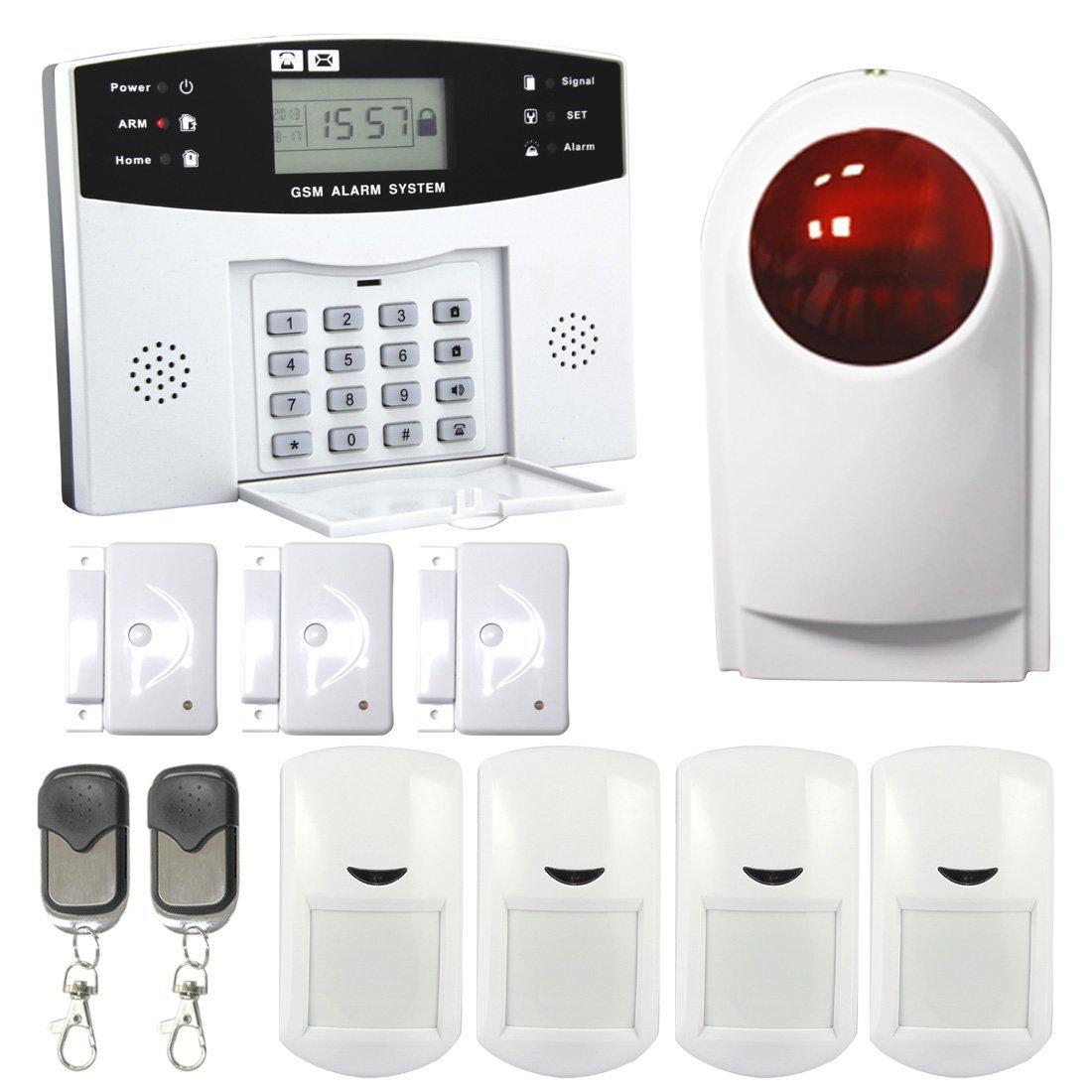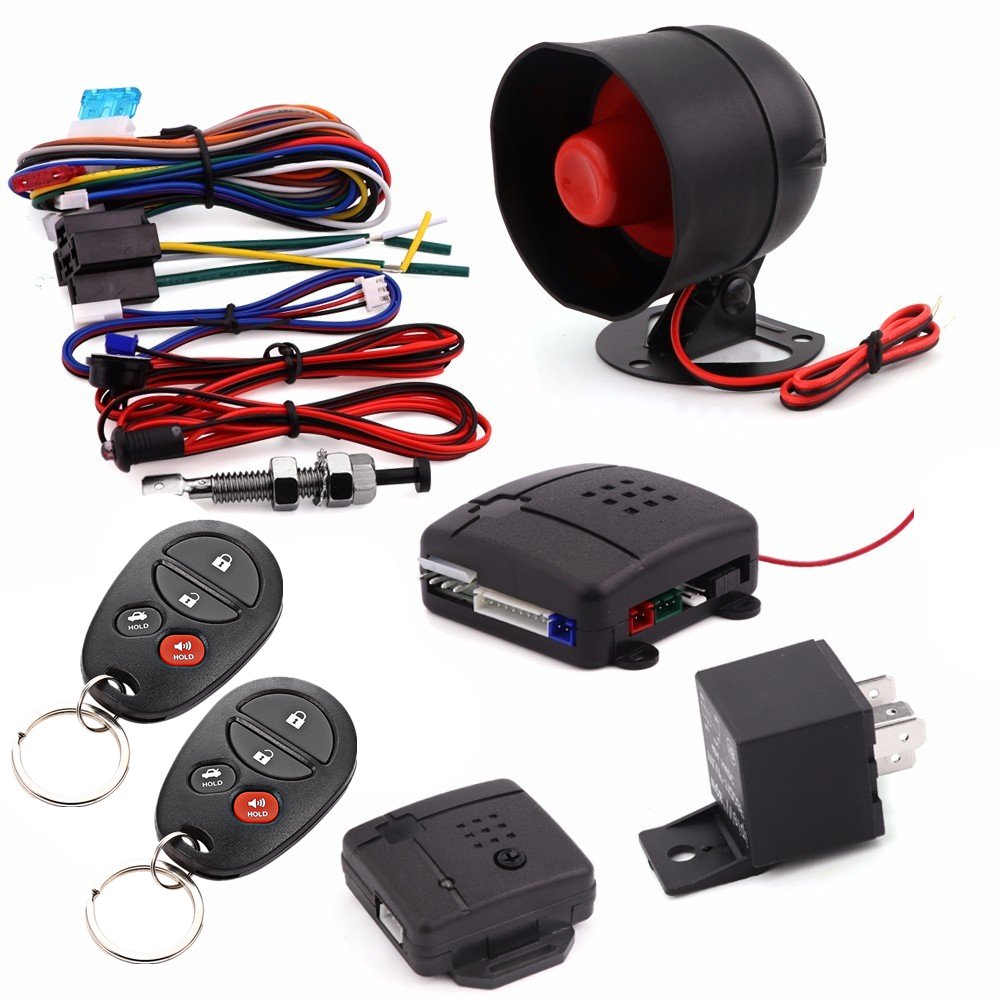Alarm Systems
In its simplest form, an electronic alarm system is a low-voltage electrical circuit with sensors on entry doors and windows. When a door or window is opened, its sensor detects the interruption in the flow of electricity and triggers a warning signal such as a siren or strobe light.
In addition to perimeter sensors, many systems also include motion detectors that monitor large areas inside the house. When something moves within the detector's range, a sensor sounds the siren. The most sophisticated motion detectors are able to distinguish between the threat of an intruder and the nocturnal wanderings of the family pet, reducing the possibility of false alarms.
When these perimeter sensors and interior motion detectors are part of a stand-alone system, the siren and flashing lights are the only deterrents for discouraging the intruder and thwarting the break-in. In a monitored system, operators at the system manufacturer's central station also notify the police.
In order to choose the best alarm system for your home or workspace, consider the following options:

Automobile Security systems
Under this category, we provide car alarm systems that help in triggering a siren installed within the car in case the security guard of the car is bridged. With our partners, we also install car tracing GPS device that monitors the movement and position of the car in case of theft.
